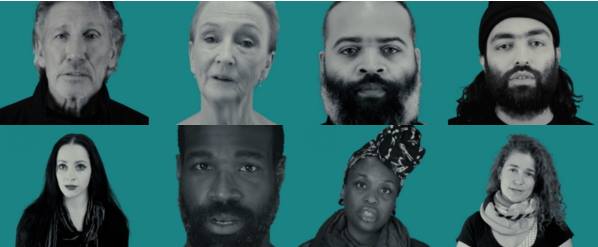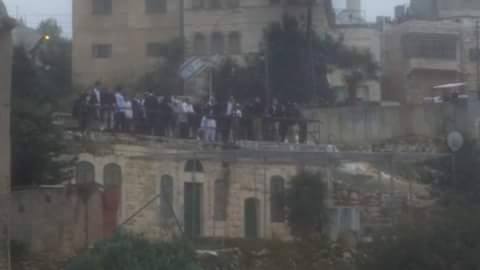-
Amplify Palestine! NYC Cultural Boycott Pledge
17th November 2015 | Adalah-NY| New York, USA Eight leading artists, all with ties to New York, state their support for the cultural boycott of Israel in our new video. The video features actorKathleen Chalfant; musician Roger Waters, a founding member of Pink Floyd; musicians Kyp Malone and Tunde Adebimpe of TV On The Radio; […]
-
Eye-witness account of a murder: ‘They didn’t want her alive, they want her dead, they meant to kill her”
16th November 2015 | International Solidarity Movement, al-Khalil team | Hebron, occupied Palestine On 25th October 2015, 17-year old Dania Arsheid was gunned down by Israeli forces in front of the Ibrahimi mosque in occupied al-Khalil (Hebron) and left to bleed to death. One of the shopkeepers nearby the Ibrahimi mosque witnessed the events leading […]
-
“When soldiers see a camera they come to you like a beast”
16th November 2015 | International Solidarity Movement, Al-Khalil team | Hebron, occupied Palestine Since the beginning of October Israeli soldier- and settler violence has increased sharply and resulted in even further restrictions on Palestinians’ everyday lives in occupied al-Khalil (Hebron). Imad Abu Shamsiyyeh, a volunteer with the Palestinian organization Human Rights Defenders, has been documenting […]
Action Alert An Nabi Saleh Apartheid Wall Arrests BDS Bethlehem Bil'in Cast Lead Demonstration Denial of Entry Ethnic Cleansing Farmers Gaza Global Actions Hebron House Demolition International law Israeli Army Jerusalem Live Ammunition Nablus Ni'lin Prisoner Ramallah Rubber-coated steel bullets Settlement Settlers Settler violence Tear-Gas Canister Video



